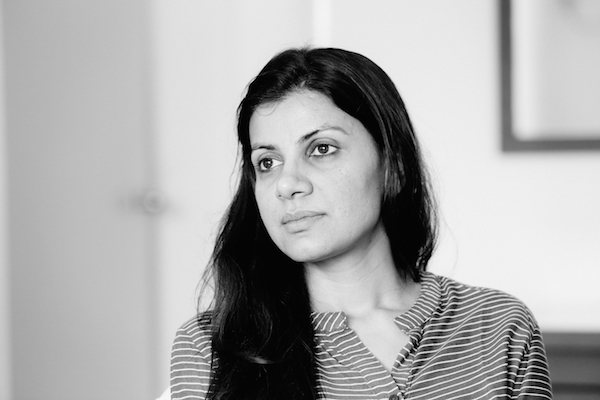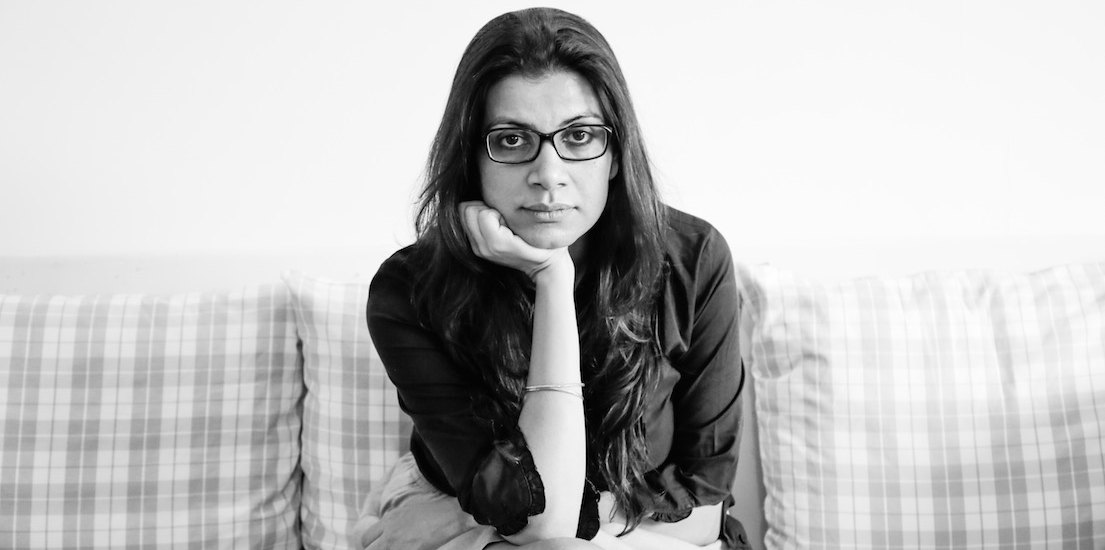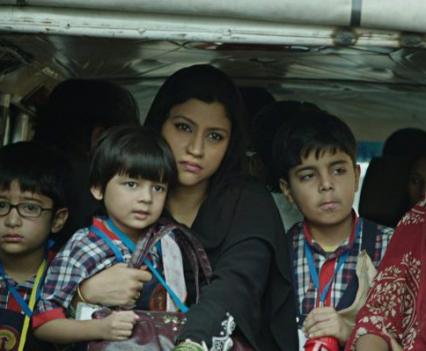We are always looking at everything from a male’s perspective: Alankrita
“There are some chains that are always binding women,” says Alankrita Shrivastava. It is the search for a little freedom from these barriers that the director splendidly explores in her recent film Lipstick Under My Burkha, which is set in the crowded lanes of a small town and chronicles the secret lives of four women. In a candid chat, the director talks about the making of the film and the perception of women in Indian cinema, amongst other things.

Alankrita Shrivastava
From film festivals, to now finally a theatrical release, how has the journey of Lipstick Under My Burkha been?
It has been quite interesting and the film has seen a lot of growth. We’ve taken the film to various labs and through the process of these labs, I have really grown as a filmmaker. I feel like a film student. It is great to have a process that enables you to think more deeply, hone your craft and be able to access the informed opinions of other people. The experience has been really different from my earlier films. It has not only enriched the film but also enriched me as a writer and director.
The story revolves around the secret desires of four women from a small town. Have personal experiences and people you know influenced the film?
There are some chains that are always binding women, be it in big cities or small towns. And that is what I really wanted to show. My first film Turning 30 was in the milieu of the upper middle class and a metropolitan setting. I wanted to explore this feeling in a different milieu. The feeling is very personal. I feel that I have bared myself naked in this film, because at some level, all the four characters have some aspects of me.
I did meet some people who triggered the story. There was this lady who was my landlord’s wife. I had never really spoken to her but one day she came to meet me. After meeting her, I was truly stunned because I had never thought of what must go on within her or the kind of person that she would be. She turned out to be such a dynamic person. That made me realize that even if the surface is different, every woman is battling some feeling of restraint in her own life.
How important was it to get the right cast for the film? What was it that made you choose an interesting combination of strong actors like Konkana Sensharma and Ratna Pathak Shah along with two fresh faces?
When we started, we felt that it was best to go with actors who were right for the part. Even Prakash (Jha) ji thought the same. So, we decided to do a mix of fresh and established faces. We were auditioning for all the four characters. But then I thought about asking Ratna (Pathak Shah) and Konkana (Sensharma) and they were very willing to be a part of the film.
For the other two female characters, we did a lot of tests. My casting directors Shruti Mahajan and Parag Mehta and I kept auditioning different girls for a week. But the moment we tested Aahana Kumra and Plabita Borthakur, we were pretty certain about them. Instinctively, there was something right about them that made them perfect for the characters.
You have had a long association with Prakash Jha who is also the producer of this film. What was his creative involvement in the film like?
After my college, the first film that I assisted on was Gangaajal. I was the chief assistant director on Apaharan and associate director on Raajneeti. I was also the executive producer of two films that were produced by Prakash ji – Dil Dosti Etc. and Khoya Khoya Chand. He also produced my first film Turning 30. I can’t even imagine what my life would be without him. He has been really supportive. The most amazing thing about his support as a producer is that he encourages me to find my own story, characters and make them according to me. He allows me to tell the stories that I want to tell, which is a very rare quality in any producer. He is a great producer and for a young filmmaker to get a producer like him is very fortunate. When you are young, you get confused. Therefore, I feel that it is very important to have someone who helps you in sticking to your own vision.
According to you, which issues related to women does Indian cinema still need to address?
The culture is from the male point of view. We are always looking at everything from a male’s perspective. We have no idea how intense that is. And I’m often conscious of the patriarchal culture in which we exist. So I feel that it is very important to examine our own ways and how we are consuming stuff. It is about how a camera points to a women’s body. There is a lot of sexism that is ingrained in women too. Women are always looked at as objects of desire. All the stories that are told to us are just about that and never about what exactly a woman wants, her choices and needs. If you ask me then it is an area which is unexplored in India. But we always typecast them, either as a vamp or fragile or something else.






